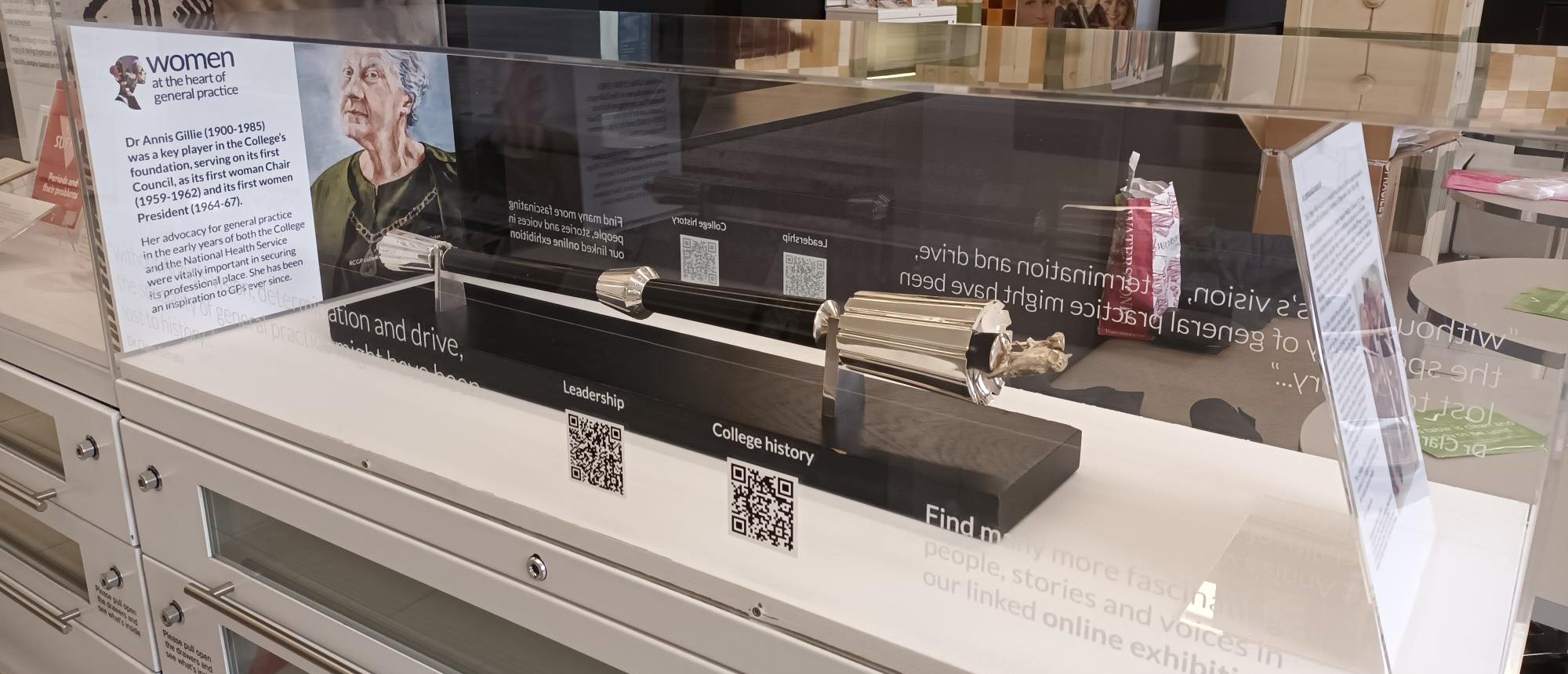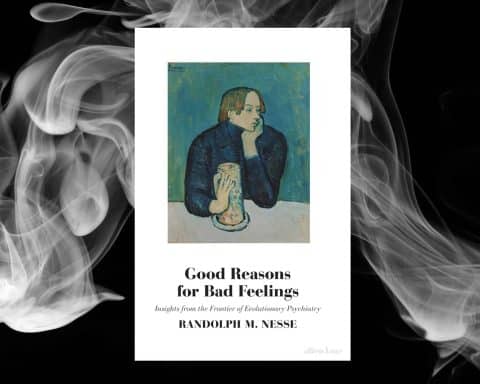
When you are with a patient and you get a sinking feeling in the pit of your stomach, accompanied by a wish that you were somewhere else, then you are probably facing an ethical problem
This link between feelings and ethical difficulties was pointed out to me by a friend and colleague Dame Lesley Southgate about thirty years ago, when we were teaching ethics to medical students together. Since as far as I know she was the first person to point out this association I have dubbed it “Southgate’s sign”.
…the clinician may experience frustration, anxiety, sadness or a sense of being trapped …
The Balint movement taught general practitioners and others that what a clinician feels in a consultation can be an important clue to what is going on.1 Patients may present their problems in terms of physical symptoms, but the clinician may experience frustration, anxiety, sadness or a sense of being trapped which reflect emotions the patient is feeling but not aware of, or is unable or unwilling to express. The link may not be a simple mirroring – for example many clinicians have observed that depressed patients make them feel angry, rather than depressed. Sometimes feelings may flag up distractions, as when we realise that we dislike a patient because she reminds us of an unpleasant elderly relative.

In our post-Enlightenment world we tend to think of identifying and addressing ethical problems in rational terms; most basically applying the four principles of Beauchamp and Childress,2 or (if we are more sophisticated) analysing situations in terms of rights and duties or the consequences of our actions. But feelings are relevant too. Virtue ethics teaches us that emotions are important motivations which can help us to do what is right, but sometimes also lead us to do wrong, so we need to learn how to cultivate and direct them aright. Recently in a moving account of a decision she had to make when her mother was dying, Greenhalgh3 showed very clearly that sometimes our feelings can show us what we must do, even though we may do it with regret for what we cannot do.4
I have previously used the term “tabloid ethics” to describe the media’s focus on moral issues where our society is deeply divided, such as abortion and end of life care; and on issues which arise because of recent advances in medical technology, such as genetic engineering or genome sequencing.5 When a situation involves one of these it is clear it is going to raise ethical problems, and we naturally start thinking consciously about the morality of what we are doing.
There are also situations which raise moral issues which not so controversial and where what we should do is clear but not easy…
There are also situations which raise moral issues which not so controversial and where what we should do is clear but not easy – for example when someone comes asking about a relative’s health when that patient has not consented for confidential medical information to be shared. These situations may well elicit “Southgate’s sign”, in which case it is alerting us that our virtues – what Nussbaum and Sen called the personal qualities we need to face life’s challenges6– are about to be exercised.
But sometimes these sensations alert us to an ethical difficulty we may not have immediately perceived as such. Facts and values are intimately entwined in clinical decision-making,7 and it is easy to confuse uncertainty about facts with uncertainty about values. This is why Southgate’s sign is relevant to a discussion of the Ethics of the Ordinary, because one of the features of ordinary ethical issues is that they are not always perceived as such.
Medical certification is an area of the Ethics of the Ordinary I have explored in some depth. The opening gambit “I need a note, doctor”8 often elicits Southgate’s sign. Sometimes there is uncertainty about the facts, which may produce a feeling of self-doubt – do I actually know enough about what this person’s work involves and how his illness affects his ability to do it to make a judgement as to his fitness? But more often there is a moral uncertainty reflected in “Southgate’s sign”. How does my responsibility to be truthful fit with my responsibilities to the patient? Am I being asked to make a judgement I am in fact qualified to make? What if any are my responsibilities to the third party requesting a medical certificate?
This is just one area of practice where attention to the feelings a situation elicits will alert clinicians to the Ethics of the Ordinary. If readers pay attention to their own experiences of discomfort, if they identify “Southgate’s sign”, then no doubt they will find many other issues which it will be appropriate to discuss in this column.
References
- John Salinsky J & Sackin P What are You Feeling Doctor? Identifying and Avoiding Defensive Patterns in the Consultation, Routledge UK, 2000
- Medical ethics: four principles plus attention to scope doi:10.1136/bmj.309.6948.184
- Greenhalgh P Moral uncertainty: A case study of Covid-19 Patient Educ Couns. 2021 Nov;104(11):2643-2647
- Hursthouse R Virtue Theory and Abortion, Philosophy & Public Affairs Vol. 20, No. 3 (Summer, 1991), pp. 223-246
- Papanikitas A, Toon P. Primary care ethics: a body of literature and a community of scholars? Journal of the Royal Society of Medicine. 2011;104(3):94-96. doi: https://doi.org/10.1258/jrsm.2010.100353
- Nussbaum M & Sen A The Quality of Life. Clarendon 1993
- Toon PD. Defining “disease”–classification must be distinguished from evaluation. J Med Ethics. 1981 Dec;7(4):197-201.
- Toon PD Practice Pointer. “I need a note, doctor”: dealing with requests for medical reports about patients. BMJ. 2009 Feb 3;338:b175. doi: 10.1136/bmj.b175.
Featured image by Nathan Dumlao on Unsplash








